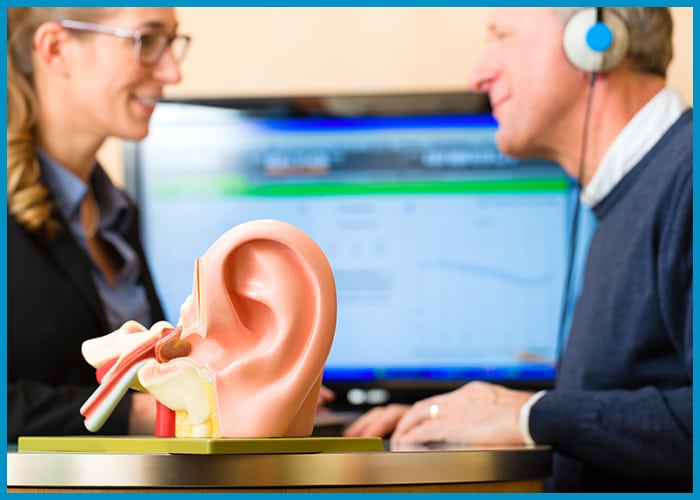- Home
- About Us
- Who We Are
- Our Team
- Why Choose an Audiologist ?
- Professional Associations
- Testimonials
- Hearing Loss FAQs
- Services
- Hearing Evaluation
- Hearing Aid Consultations
- Hearing Aid Fittings
- Hearing Aid Repair
- Custom Earmolds And Ear Plugs
- Tinnitus Evaluation
- Real Ear Measurement
- Hearing Aids
- Hearing Aid Styles
- Hearing Aids 101
- Hearing Aids We Carry
- Hearing Loss And Brain Health
- Lyric Hearing Aids
- Hearing Health
- How the Ear Works
- Types of Hearing Loss
- Help a Loved One with Hearing Loss
- Online Hearing Test
- Patient Forms
- Insurance & Financing
- Blog
- Contact Us
- Shop
- Review Us
About Us
Services
Hearing Aids
Hearing Health
Patient Resources
The hearing aid market is quite large, offering consumers a plethora of options that each meet different needs. If our hearing evaluation reveals your need for hearing aids, we’ll help you assess which model will work best for you, based on a variety of factors. Ultimately, you get to decide which hearing aid you purchase and we’ll be there to ensure that you’re satisfied every step of the way.
How A Hearing Test Works
Your hearing exam is like many other medical appointments you might have, where you’re asked to fill out a medical history form upon check-in. When your exam begins, your audiologist will review your medical information with you and ask about the symptoms you’ve been experiencing to have a better understanding of your hearing concerns.
Your audiologist will perform a physical evaluation of your ears using an otoscope, a tool used to look inside the ear canal. This is done to see if there is any injury or obstruction in your ear canal (such as earwax) that could be affecting your ability to hear. In some instances, this portion of the exam might have a video element allowing you to see inside of your ear.



Next, you’ll be asked to put on a pair of headphones and listen to a wide range of pitches and volumes of tones. Some of the tones will be very soft, so you’ll need to concentrate during the test. When each sound is played, you’ll be asked to indicate whether you can hear it or not to help us determine your hearing thresholds, which are the lowest volumes of sound you can hear. We will also test your ability to hear various spoken words. This speech test helps us determine your speech reception threshold, which reveals how well you hear and understand ordinary conversation.
The information gathered during the hearing test will allow Dr. Sherman to assess if hearing loss is present, the possible cause, and the degree and type of hearing loss. It will also help us determine if the loss is present in both ears or just one.
Reviewing Your Results
Your test results come in the form of an audiogram, which is a chart that converts your hearing loss into measurable frequencies and volumes (called decibels). When your audiologist reviews this information with you, you’ll be able to see the type, pattern, and degree of your hearing loss, and will have a better understanding of how much normal conversational speech you can currently hear.
After assessing your level of hearing loss, Dr. Sherman will discuss treatment options with you if your results show that you do indeed have a hearing loss. We make it our goal to give you information about every option you have, and we respect your priorities when it comes to which hearing aid might meet your needs best. We encourage you to schedule your hearing test today to get concrete information about what next steps might work well for you.
What Kinds Of Tests To Expect
- Audiometric Testing: Audiometric tests assess your hearing ability across a complete range of pitches and volumes of tones and spoken words. During this evaluation, we’ll ask you to listen to and identify what you hear to help us determine your current level of hearing sensitivity.
- Tympanometry: By creating a variety of air pressures in the ear canal, your audiologist will assess the condition of your middle ear and view the mobility of your eardrum (tympanic membrane).
- OAEs: Using acoustically evoked otoacoustic emission (OAE) testing, your audiologist will be able to learn how the outer hair cells of your inner ear are functioning.
- Live Speech Mapping: Towers Audiology Center also uses a tool called Live Speech Mapping, which utilizes probe microphones and real-time conversation to allow you to see how hearing aids can benefit you. Think of it as a test drive to find out if you like the results!
